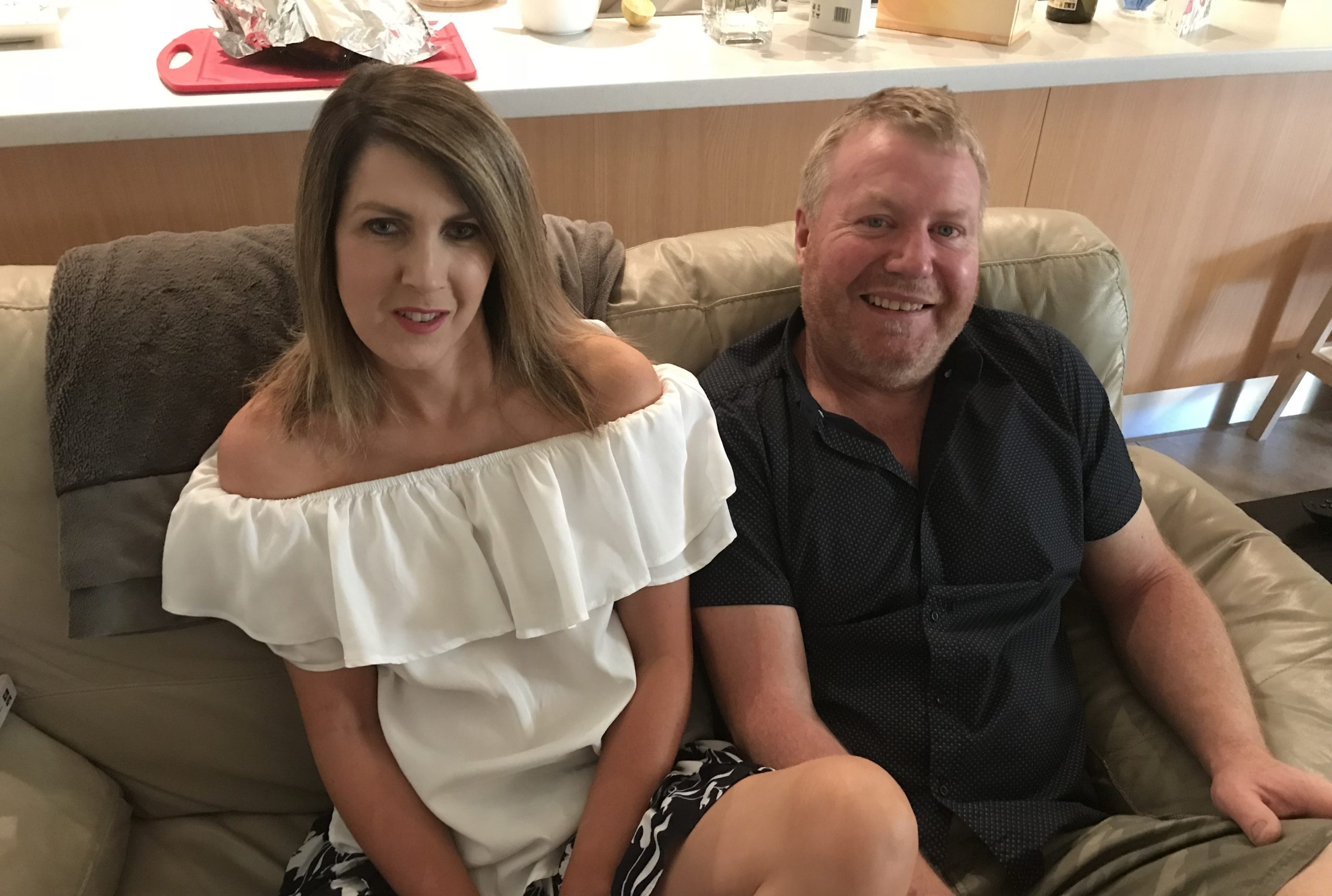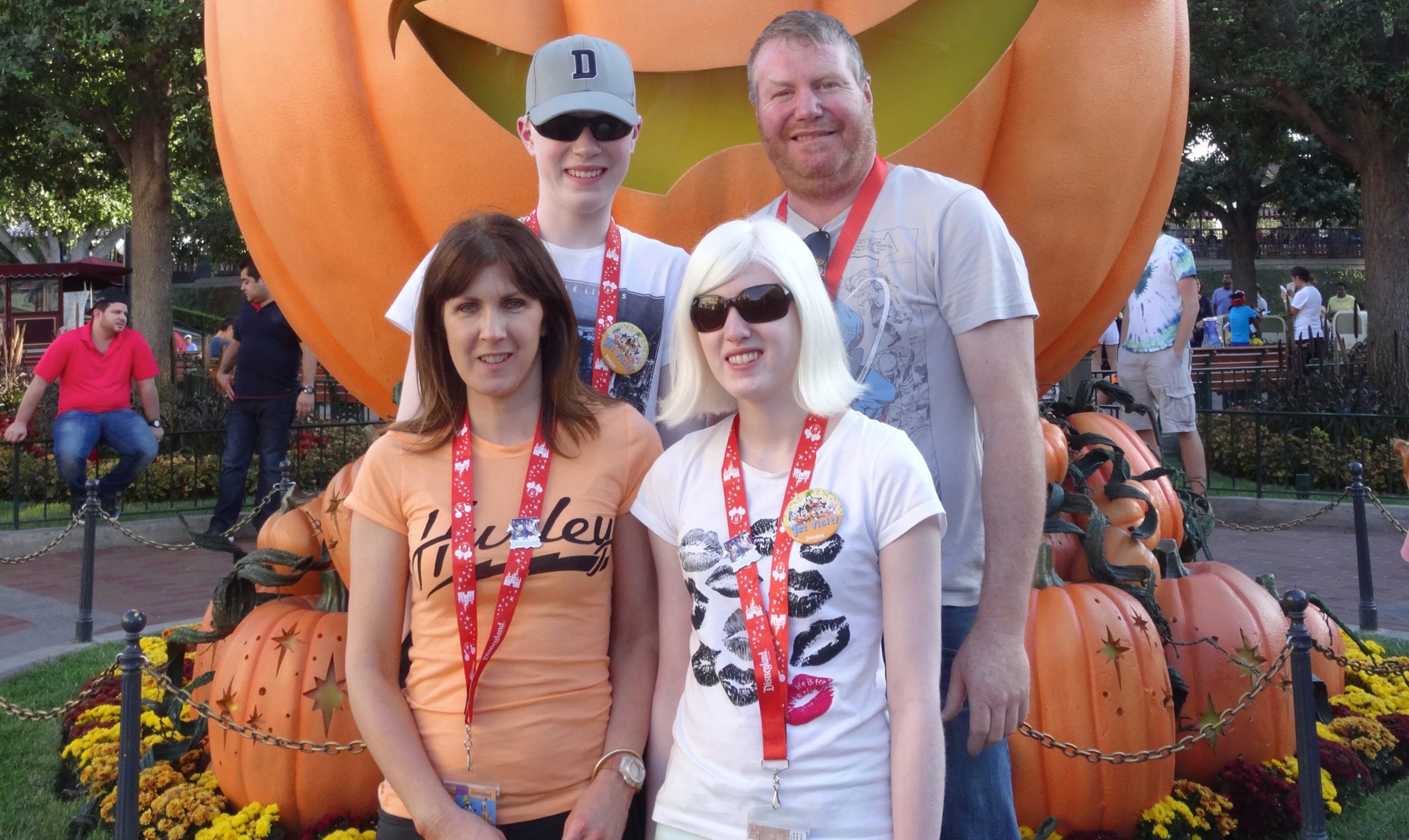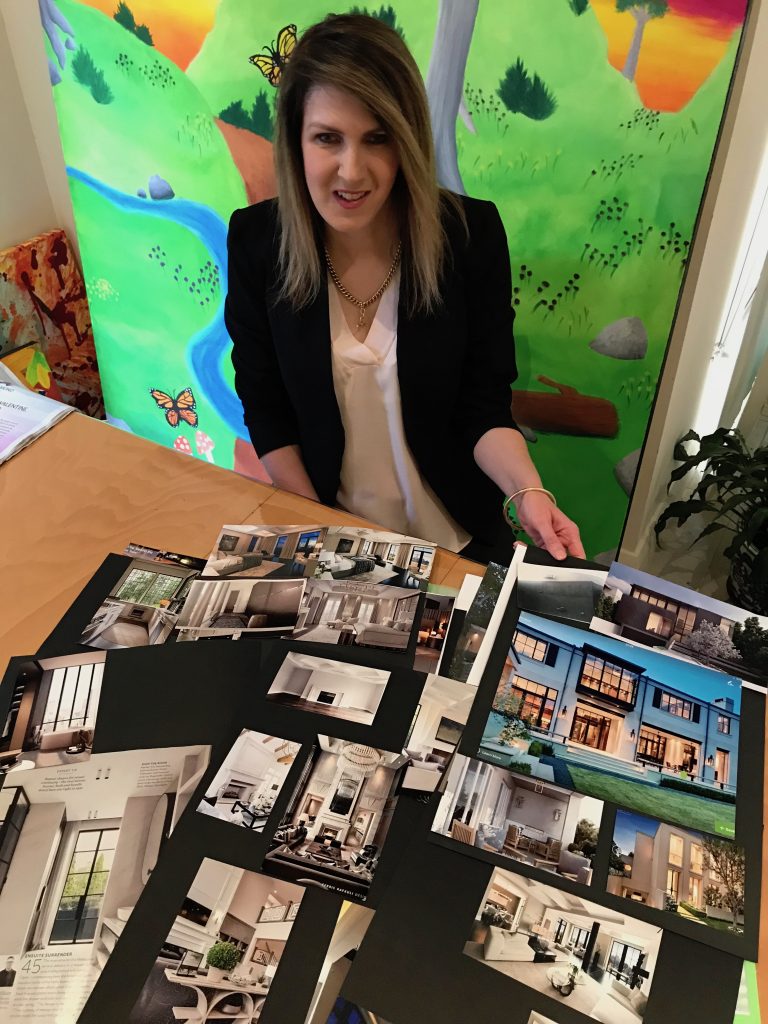Asciminib – the best treatment Lisa’s had in 16 years

Lisa McNeil is happy with the delayed decision she made in 2015 to go on a Phase I trial for a new CML drug – asciminib.
“It has turned out to be a really good thing to try and I’m happy I did it,” said Lisa.
“I can’t pinpoint any side-effects it’s giving me. It’s the best drug of everything I’ve tried.”
And Lisa has “tried nearly everything” since her diagnosis 18 years ago, just after her 30th birthday.
She was working in her husband’s newly established business and raising her two young children; both have albinism and are visually impaired.

“They were tough babies who never slept well and I was constantly exhausted,” said Lisa.
She thought she had chronic fatigue syndrome, then a blood test revealed a high white cell count. After a bone marrow biopsy, just before Christmas 2001, she found out she had CML on December 29.
“I was sure it would be negative and was obviously upset at the diagnosis,” said Lisa, now 48, of Adelaide.
Imatinib (Glivec®) was being trialled at that time and wasn’t widely accessible, so she began treatment with hydroxyurea briefly before going on to interferon.
That’s when Lisa began to get nerve pain, which has dominated her life ever since. It took many years to be diagnosed as severe neuropathic pain. She’s tried nearly every narcotic and pain is the main reason she has changed from one CML drug to another.
Lisa endured “terrible side-effects” from interferon for 12 months until “the new drug” [imatinib] became available. She was on imatinib for two years before again, due to side-effects, she moved on to dasatinib (Sprycel®) which she was on “for a long time”.
“It took 10 years before I eventually got to zero [CML undetectable in her bone marrow],” said Lisa, and she was able to have a break from treatment after having a 0.00 result for two years running.
“I was experiencing such severe pain and I wanted to come off my drugs to see if it would make any difference, which it did,” she said.
“He [Lisa’s haematologist] allowed me to do that, to try and understand what was happening with the pain. Even now, it’s a big mystery.
“My doctor put me on a stop trial. I would never stop my drugs otherwise and I only did it with his consent,” said Lisa, who takes compliance to her CML treatment very seriously.
“But after six weeks, my CML levels got really high, so I had to start CML treatment again.”
That’s when Lisa was told about the asciminib trial, but she opted to try nilotinib (Tasigna®) instead.
“I could have gone on the trial drug I’m on now, but I didn’t want to,” said Lisa.
“It hadn’t been tried in humans and I felt at the time that I didn’t need to put myself in that position, in case something did go wrong.
“Most people who come off their drug and relapse, like I did, will achieve total zero again within about three months,” she said.
But after 12 months on nilotinib, Lisa’s CML level still hadn’t returned to zero, and that’s when she changed her mind and decided to try asciminib.
“I thought maybe it’s worth giving it a go,” said Lisa who joined the asciminib trial in mid-2015.
“It was a bit scary because it was a Phase I trial. But by then people all round the world were on it. My doctor, who has conferences with other [trial] doctors every couple of weeks, didn’t feel it was a risky thing for me to do.
“It’s a tablet you take once a day and a bit like nilotinib, you have to fast one hour before or two hours after a meal.
“I take five tablets (200mg) before I go to sleep, so I don’t get nausea, and I take painkillers every day,” said Lisa.
“I’ve taken 3½ years and two drugs to get another zero. At my last appointment, it went up to .013, but I had a couple of 0.00s before that,” she said.
“My personal aim is to get to 0.00, stay there for two years, then trial coming off the drugs again.

“I want to do that because I still have problems with my pain – it’s a constant thing that bothers me more than the leukaemia. And I know my pain significantly improves when I’m not on any drugs.
“Where I’m sitting now, my [CML] levels are very low. There’s no problem with living like that and the drug isn’t giving me any new side-effects apart from pain and fatigue which have been ongoing issues,” said Lisa, who works six hours a day most weekdays, depending on how her health is at the time.
“And even though I work, I am not actually that productive most days.”
All Lisa’s spare time is devoted to designing a new house, which is due to begin construction this year. And she is looking forward to a trip to America with her husband, Jaimie, to celebrate their 25th wedding anniversary.
“It’s been a really tough journey but I learnt to be strong from my brave sister who passed away from cystic fibrosis.
“My other incentive to continue to fight comes every day from my two amazing children, who themselves face daily challenges with their vision impairment. They are such an inspiration to me.
“That’s why I’m quite determined to get to zero and try coming off the drug and see what happens again.”
Last updated on August 6th, 2020
Developed by the Leukaemia Foundation in consultation with people living with a blood cancer, Leukaemia Foundation support staff, haematology nursing staff and/or Australian clinical haematologists. This content is provided for information purposes only and we urge you to always seek advice from a registered health care professional for diagnosis, treatment and answers to your medical questions, including the suitability of a particular therapy, service, product or treatment in your circumstances. The Leukaemia Foundation shall not bear any liability for any person relying on the materials contained on this website.